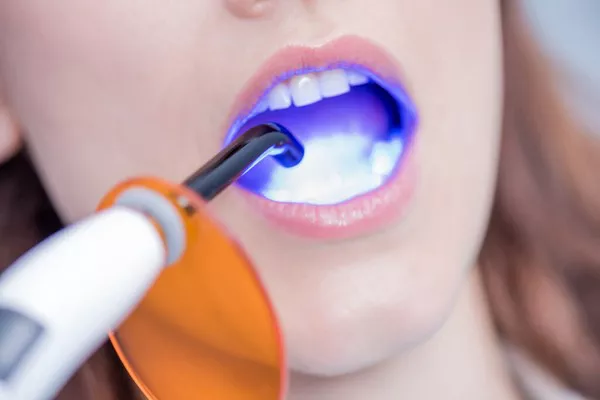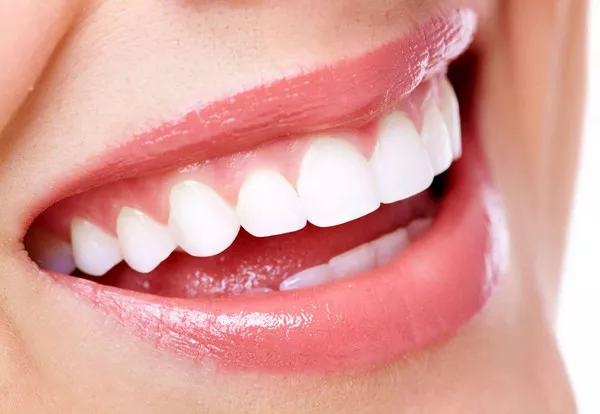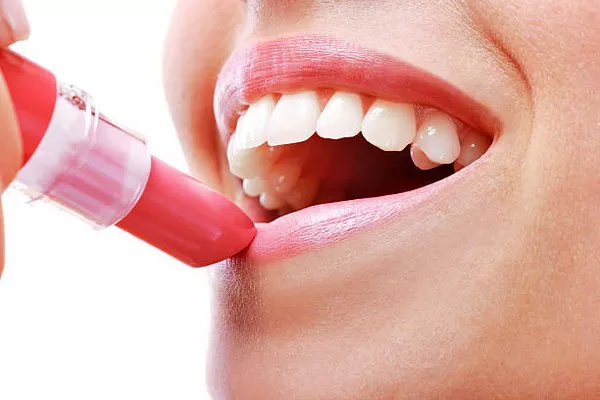Wisdom teeth removal is a routine dental procedure, but the healing process can vary widely from person to person. Understanding how long it takes to heal and what to expect during recovery can help you navigate the post-surgical period with greater ease. In this comprehensive guide, we will discuss the entire healing timeline following wisdom teeth removal.
Understanding Wisdom Teeth Removal
Wisdom teeth, also known as third molars, typically emerge in late adolescence or early adulthood. They are located at the back of the mouth and can sometimes cause problems if they lack sufficient space to emerge properly or if they become impacted. Removal of these teeth is often necessary to prevent pain, infection, or damage to adjacent teeth.
Immediate Aftercare
Immediately following wisdom teeth removal, proper aftercare is crucial to ensure a smooth recovery. Here’s what to focus on:
Biting on Gauze Pads: After the procedure, you will be given gauze pads to bite on. This helps to control bleeding and allows the blood to form a clot in the extraction sites.
Avoiding Sucking Motions: Refrain from using straws or engaging in sucking motions to prevent dislodging the blood clot, which is vital for proper healing.
Applying Ice Packs: Use ice packs on your face for 15-20 minute intervals to reduce swelling and numb the area.
Resting: Limit physical activity and rest as much as possible during the initial recovery period.
The First Few Days
In the first few days after surgery, you will experience noticeable changes and symptoms:
Swelling: Swelling is common and usually peaks within 48 hours. It should begin to decrease afterward. Applying ice packs intermittently during this time can help manage the swelling.
Pain: Pain can be managed with prescribed pain medications or over-the-counter pain relievers. Follow your dentist’s recommendations for dosage and frequency.
Bruising: Bruising may appear on your face, particularly around the jaw and cheeks. This is a normal part of the healing process and will fade over time.
Diet: Stick to a soft diet to avoid irritating the extraction sites. Foods like applesauce, yogurt, and mashed potatoes are good choices.
Oral Hygiene: Gently brush your teeth but avoid the extraction sites for the first 24 hours. Afterward, you can start rinsing with a saltwater solution to keep the area clean.
One Week Post-Surgery
By the end of the first week, significant improvements should be evident:
Reduction in Pain and Swelling: The majority of swelling and discomfort should decrease considerably. Continue to manage pain with medications as needed.
Sutures: If non-dissolvable stitches were used, they may need to be removed by your dentist during a follow-up visit. Dissolvable stitches will usually disappear on their own.
Diet Adjustments: You can begin to reintroduce more solid foods into your diet, but avoid hard, crunchy, or sticky items that might irritate the healing sockets.
Mouth Care: Continue with gentle oral hygiene practices. You may also start using an antimicrobial mouthwash if recommended by your dentist.
Two Weeks Post-Surgery
At two weeks, the healing process is generally well underway:
Healing of Gums: The gum tissue where the teeth were extracted should be healing nicely. Any remaining discomfort should be minimal.
Bone Healing: The bone where the wisdom teeth were removed will continue to remodel and heal, but this process takes longer.
Resuming Normal Activities: You can usually return to normal activities, though it’s still wise to avoid intense physical exertion.
Follow-Up Visits: A follow-up visit with your dentist or oral surgeon might be scheduled to ensure proper healing and to address any concerns.
One Month Post-Surgery
By one month, most of the initial healing should be complete:
Bone and Gum Healing: The bone and gum tissue should be well on their way to full recovery, though bone healing can continue for several months.
Oral Sensitivity: The area may still be somewhat sensitive, but any lingering pain should be manageable.
Continued Oral Care: Maintain excellent oral hygiene to prevent complications and support healing. Continue to follow any specific care instructions provided by your dentist.
Long-Term Healing
Full recovery from wisdom teeth removal involves continued healing over several months:
Bone Remodeling: The bone where the teeth were removed will continue to fill in and remodel. This process can take several months.
Gum Health: The gums will continue to adapt and settle into their new shape. Any ongoing discomfort should gradually diminish.
Sensitivity: The extraction sites may feel different, but this is normal. If you experience persistent issues, consult your dentist.
See Also: Dos and Don’ts After Wisdom Teeth Removal
Potential Complications
While most people heal without problems, being aware of potential complications can help you seek timely treatment:
Dry Socket: This occurs when the blood clot at the extraction site becomes dislodged, exposing the bone and causing severe pain. To prevent this, follow aftercare instructions closely.
Infection: Symptoms of infection include increased pain, swelling, and fever. Good oral hygiene and care are essential to minimize this risk.
Nerve Injury: Rarely, nerves near the extraction site may be damaged, leading to numbness or tingling. If you experience these symptoms, contact your dentist.
Tips for Faster Healing
To support a quicker and smoother recovery:
Follow Post-Operative Instructions: Adhere strictly to the care guidelines provided by your dentist.
Maintain Oral Hygiene: Gently brush and floss your teeth while avoiding the extraction sites initially. Rinse with salt water as directed.
Eat Soft Foods: Stick to a diet of soft, non-irritating foods during the early recovery period.
Avoid Smoking: Smoking can impair healing and increase the risk of complications.
When to Seek Help
If you experience any of the following issues, contact your dentist immediately:
Severe Pain: Persistent or worsening pain not relieved by medication.
Excessive Swelling: Swelling that does not decrease after a few days.
Fever: Elevated temperature that could indicate an infection.
Conclusion
In conclusion, understanding how long it takes to heal after wisdom teeth removal can help you manage your recovery effectively. By following proper aftercare procedures, paying attention to your body’s signals, and seeking help if needed, you can navigate the healing process more smoothly. Each stage of recovery, from the immediate post-operative period to long-term healing, is essential for ensuring a successful outcome and overall oral health.
FAQs
1. How long does it take for the swelling to go down after wisdom teeth removal?
Swelling typically peaks within 48 hours after the procedure and starts to subside gradually thereafter. Most people experience noticeable reduction in swelling by the end of the first week. Applying ice packs intermittently during the initial 24-48 hours can help manage and minimize swelling. By the second week, swelling should be significantly reduced, though some minor swelling may persist. If swelling continues to worsen or doesn’t improve after a few days, it may be a sign of complications, and you should consult your dentist. Proper aftercare, including avoiding strenuous activities and following your dentist’s post-operative instructions, can also aid in reducing swelling more effectively.
2. What should I do if I experience a dry socket?
A dry socket occurs when the blood clot at the extraction site becomes dislodged, exposing the underlying bone and causing severe pain. If you suspect a dry socket, contact your dentist immediately for treatment. Your dentist may clean the area and place a medicated dressing to alleviate pain and promote healing. To prevent dry socket, avoid sucking motions, using straws, or smoking, as these can dislodge the blood clot. Additionally, follow all aftercare instructions carefully and maintain good oral hygiene. If you experience symptoms of dry socket, prompt treatment can help manage pain and prevent further complications.
3. Is it normal to have bad breath after wisdom teeth removal?
It is quite common to have bad breath after wisdom teeth removal due to the presence of blood clots and healing tissue in the extraction sites. This is generally a temporary issue and should improve as healing progresses. Good oral hygiene, including gentle brushing and rinsing with a saltwater solution, can help manage and reduce bad breath. Avoiding smoking and consuming foods that can irritate the extraction sites will also aid in improving breath freshness. If bad breath persists beyond the typical healing period or is accompanied by other symptoms such as fever or increased pain, consult your dentist. Persistent bad breath could indicate an infection or other complication requiring professional attention.
4. When can I resume regular exercise after wisdom teeth removal?
It’s important to avoid strenuous exercise for the first few days following wisdom teeth removal to allow your body to heal properly. Light activities like walking can usually be resumed within a couple of days, but intense workouts should be avoided for at least one week. Exercise that involves heavy lifting or vigorous movement can increase blood pressure and potentially dislodge blood clots, which can lead to complications such as dry socket. Gradually reintroduce exercise into your routine as you start feeling better, but listen to your body and avoid pushing yourself too hard. Always follow your dentist’s recommendations regarding activity restrictions. If you experience any unusual symptoms or discomfort during exercise, stop and consult your dentist.
5. How can I manage pain effectively after the procedure?
Pain management is crucial for a comfortable recovery following wisdom teeth removal. Your dentist will typically prescribe pain medications or recommend over-the-counter options based on the extent of your procedure. Take pain medications as directed to manage discomfort and prevent it from becoming severe. Applying ice packs to your face can help reduce pain and swelling. Additionally, keeping your head elevated while resting can minimize swelling and discomfort. Avoiding hot foods and beverages can also prevent irritation to the healing tissues. If pain persists despite medication or worsens over time, consult your dentist to rule out any complications and adjust your pain management plan if necessary.
You Might Be Interested In





























